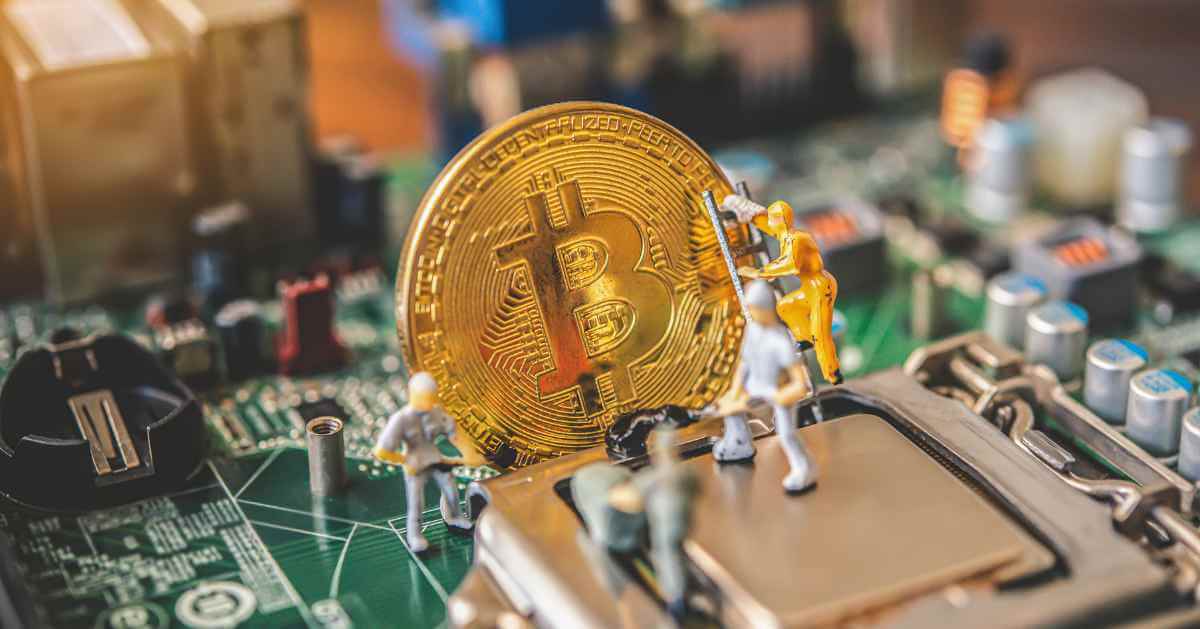A Comprehensive Guide to Choosing Profitable Bitcoin Mining Pools

Discover the lucrative world of Bitcoin mining pools in this article. Understand how these pools operate, their role in cryptocurrency, and the importance of selecting the right one to maximize your mining profits. Go immediate-global.com and empower yourself with the tools for smart investing.
Evaluating Profitability in Bitcoin Mining Pools
Evaluating the profitability of Bitcoin mining pools is a complex but essential task for anyone looking to engage in Bitcoin mining. The profitability of a mining pool hinges on various factors, including the pool’s size, the fees it charges, and the method it uses to distribute rewards.
A significant aspect affecting a pool’s profitability is its overall hash rate, which is the total computational power used by the pool to mine Bitcoin. A higher hash rate increases the chances of the pool successfully mining a block and receiving Bitcoin rewards. However, as the pool’s hash rate grows, so does the number of participants, which means that the reward must be shared among more miners. Therefore, while larger pools offer more frequent payouts, the individual payouts are typically smaller.
Another crucial factor is the fee structure of the mining pool. Pools charge fees to cover their operational costs and provide profit to the pool operators. These fees can vary significantly between different pools and directly impact a miner’s profitability. Lower fees can lead to higher individual earnings, but it’s important to balance this with the reliability and reputation of the pool.
The method of reward distribution is another key element. The two most common methods are Pay-Per-Share (PPS) and Pay-Per-Last-N-Shares (PPLNS). PPS offers a fixed payment for each share contributed by a miner, providing a predictable income but usually comes with higher fees. In contrast, PPLNS rewards miners based on the number of shares they contribute relative to total shares, over the last N shares; this can result in higher payouts, but the income is less predictable.
Miners must also consider the pool’s payment threshold, which is the minimum amount of Bitcoin a miner must earn before it is paid out. Pools with lower payment thresholds allow miners to access their earnings more quickly but might not be as profitable in the long run due to potentially higher operational costs reflected in fees.
Choosing the Right Mining Pool
Choosing the right mining pool is a crucial decision for any Bitcoin miner, as it significantly affects both profitability and mining experience. When selecting a mining pool, several factors need to be considered to ensure that the choice aligns with the miner’s objectives and resources.
One of the primary considerations is the pool’s size and hash rate. Larger pools with higher hash rates generally offer more regular payouts due to their increased likelihood of solving blocks. However, this often means smaller payouts because rewards are shared among a larger group of miners. On the other hand, smaller pools might offer larger payouts but with less frequency. Therefore, miners need to decide whether they prefer regular, smaller payments or larger, less frequent ones.
The fee structure of a pool is another crucial aspect. While higher fees might be associated with better services and more reliable pools, they can also eat into a miner’s profits. It’s important to balance the potential benefits of a high-quality pool against the costs associated with it. Miners should also examine the payout structure, such as PPS or PPLNS, as discussed in the previous section, to understand how their earnings will be calculated.
Security is an often overlooked but vital factor in choosing a mining pool. The pool’s security measures protect miners from potential thefts or cyber-attacks. A pool with robust security protocols, including regular audits and secure servers, can provide peace of mind and safeguard earnings.
The user interface and support services of a pool also play a significant role in the mining experience. A user-friendly interface with comprehensive analytics and monitoring tools can make the mining process more efficient and easier to manage. Good customer support is essential, especially for new miners who might need assistance in setting up and optimizing their mining operations.
Finally, the pool’s reputation within the community can be a good indicator of its reliability and performance. Engaging with other miners through forums or social media can provide insights into a pool’s track record and how it deals with issues such as downtime, payment delays, or changes in fee structures.
Conclusion
Our journey through Bitcoin mining pools highlights their pivotal role in cryptocurrency mining. Staying informed and choosing wisely is key to maximizing profitability in this dynamic and evolving digital landscape.
